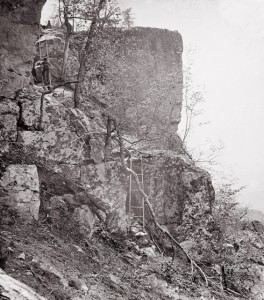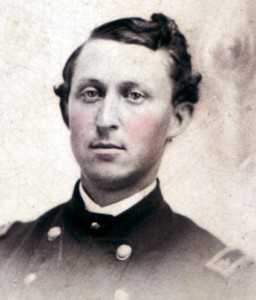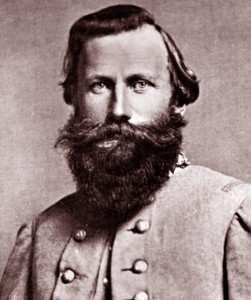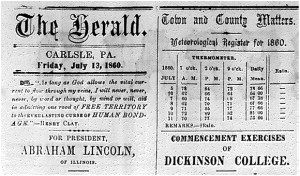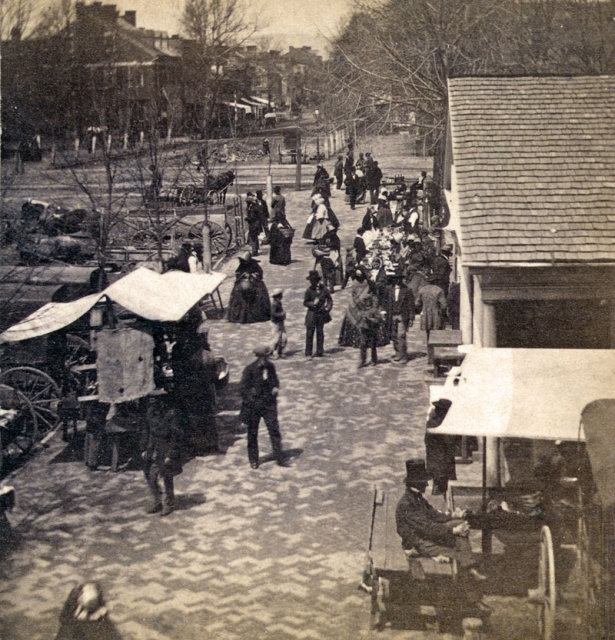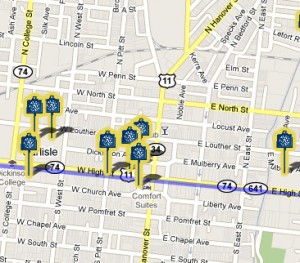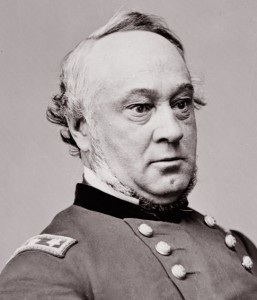Charles Rawn, a lawyer who lived in Harrisburg, Pennsylvania, wrote over 11,000 daily entries between 1830 and 1865. The entire journal is now online thanks to the efforts of Pennsylvania University State Professor Michael Barton and the Historical Society of Dauphin County, Pennsylvania. Rawn, who was born in Georgetown in July 1802, moved to Harrisburg in 1826 and got married seven years later. His journal entries largely contain notes about his daily life – from various legal matters to financial expenditures. While “he rarely mentioned grand ideas or personal feelings in his daily record,” Professor Barton argues that “[these] records are valuable guides to understanding everyday life in antebellum America.” Rawn was a “record keeper rather than a story teller,” as Baron explains. Yet Rawn’s journals include some interesting notes about political events in Harrisburg, including President-Elect Abraham Lincoln’s visit in 1861. On February 22 Rawn described:
“[Lincoln] rode in a Barouche drawn by 6 White Horses to Coverlys Hotel where he was addressed by Gov. Curtain & [replied?]. The enthusiasm of the people was perfectly and literally wild & unrestrainable…. Altogether it was such a day & time as Harrisburg has never before witnessed. The number Military here in time of the Buckshot Wars was approached nearly perhaps to the number here yesterday. Mr. L’s appearance is younger considerably than was generally expected and he is not so tall [nor so?] Rawboned as we had been given to believe from his pictures and what we had read.”
In addition, Rawn took detailed notes when he traveled into Virginia three months after Confederates attacked Fort Sumter in April 1861. On July 22, 1861, the day after the First Battle of Bull Run, Rawn observed:
“Dead, wounded and dying being brought in continually. I saw several of the wounded. One man with a Buck shot in the neck….From all accounts which of course are measurably wild and unforgettable [?] in a degree the slaughter on both sides has been immense—in the thousands. There was desperate fighting—desperate fright in some quarters and desperate getting out of the way in all many directions and in all imaginable disorder by some of our troops as I make out by the statements.”


